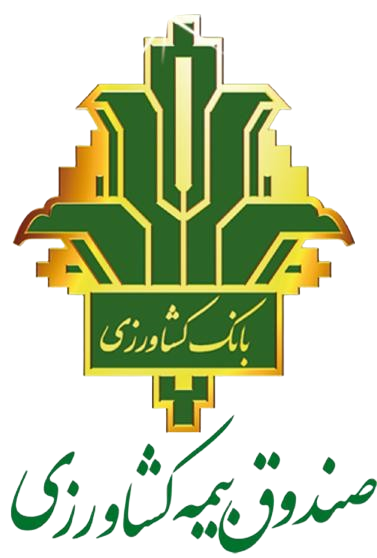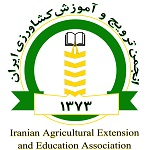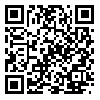

Volume 13, Issue 4 (2025)
QJIA 2025, 13(4): 21-39 |
Back to browse issues page
Download citation:
BibTeX | RIS | EndNote | Medlars | ProCite | Reference Manager | RefWorks
Send citation to:



BibTeX | RIS | EndNote | Medlars | ProCite | Reference Manager | RefWorks
Send citation to:
Osooli N, Fatehi Fouladi A. Explaining the Effective Components on Acceptance of Agricultural Insurance for Risk Management and Their Role in Food Security of Lorestan Province: Application of Fuzzy DEMATEL. QJIA 2025; 13 (4) :21-39
URL: http://journal.sbkiran.ir/article-1-287-en.html
URL: http://journal.sbkiran.ir/article-1-287-en.html
Khorramabad Branch, Islamic Azad University, Khorramabad, Iran.
Abstract: (531 Views)
The agricultural sector, as one of the main pillars of food production, faces various risks that can threaten production and ultimately lead to a reduction in food security. Agricultural insurance is one of the effective tools for risk management in the agricultural sector. Agricultural insurance provides financial coverage for farmers when facing losses from unforeseen events, playing a vital role in improving food security by fostering confidence in agricultural production and protecting farmers against the various impacts of risks. This research aims to elucidate the factors influencing the adoption of agricultural insurance as a risk management strategy and their role in food security, using the fuzzy DEMATEL method. The study is applied in terms of purpose and descriptive-survey in terms of nature and method, employing a mixed-methods approach (both quantitative and qualitative). The statistical population of the study consisted of experts and university professors in the field of agricultural management in Lorestan province. Using a snowball sampling method, 18 of them were selected, and these individuals were used for both the qualitative and quantitative sections of the research. In the qualitative section, semi-structured interviews were used to identify the components related to insurance adoption and risk management. In the quantitative section, questionnaires were used to determine the causal relationships between these components and food security, as well as their level of importance. Therefore, the data collection instruments in the qualitative and quantitative sections were semi-structured interviews and questionnaires, respectively. In the qualitative section, the collected data were analyzed using Atlas.ti software and a coding method, while the fuzzy DEMATEL method was used for the quantitative analysis. Based on the research results, the overall status of agricultural and non-agricultural income has the greatest influence on other factors within the system. The farmer’s risk tolerance, the level of utilization of bank facilities and credit, education level, cultivation area, crop yield, the extent of using communication channels, the level of insurance knowledge, awareness of potential risks, the degree of social participation, food access, food stability, food quality, and food safety are all in subsequent degrees of influence. Additionally, the level of education is the most influenced by other variables affecting the adoption of insurance and agricultural risk management. Finally, the farmer’s risk tolerance, the level of utilization of bank facilities and credit, cultivation area, crop yield, food quality, food safety, food access, and food stability are among the causal components, while awareness of potential risks (risk knowledge), education level, the status of agricultural and non-agricultural income, the level of insurance knowledge, the degree of social participation, and the extent of using communication channels are considered to be the resulting components. The findings of this research can help to raise the awareness of relevant authorities in order to provide the necessary groundwork for the adoption of insurance by farmers and the management of existing risks in this sector, ultimately contributing to food security in Lorestan province.
Send email to the article author
| Rights and permissions | |
 |
This work is licensed under a Creative Commons Attribution-NonCommercial 4.0 International License. |




